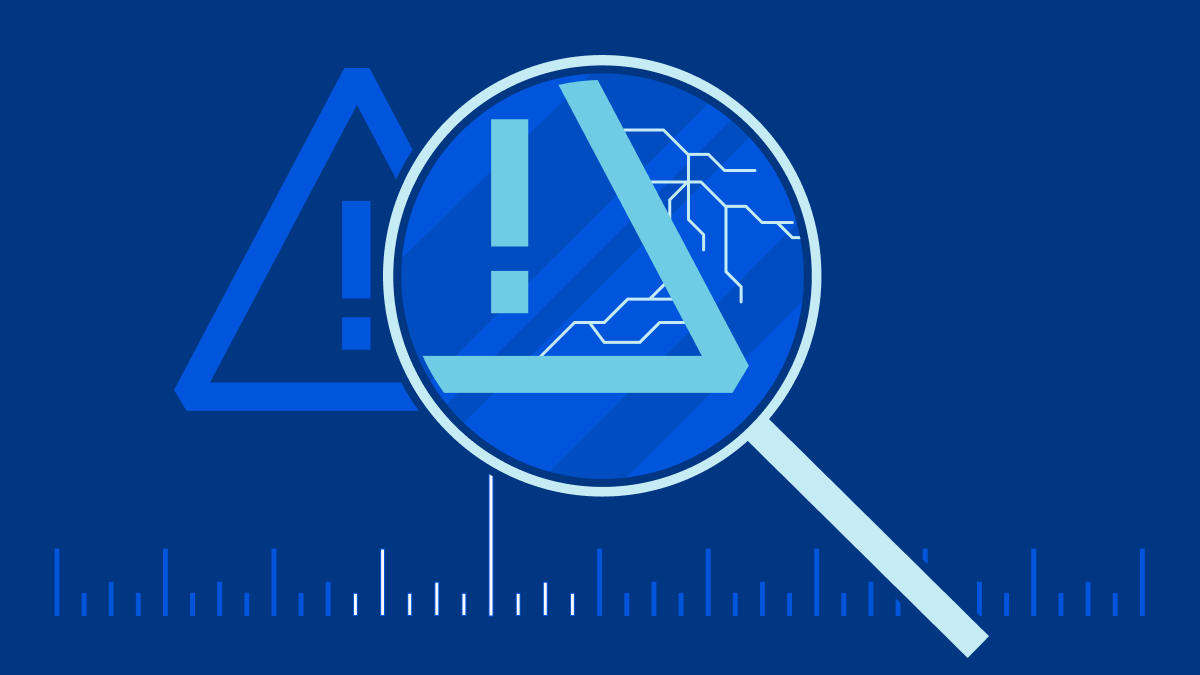0
In this article, we will dive into Kubernetes network monitoring and metrics, examining these concepts in detail and exploring how metrics in an application can be transformed into tangible, human-readable reports. The article will also include a step-by-step tutorial on how to enable Calico’s integration with Prometheus, a free and open-source CNCF project created for monitoring the cloud. By the end of the article, you will be able to create customized reports and graphical dashboards from the metrics that Calico publishes to get better insight into the inner workings of your cluster and its various components. In addition, you will have the fundamental knowledge of how these pieces can fit together to establish Kubernetes network monitoring for any environment.
Background
The benefits offered by cloud computing and infrastructure as code, including scalability, easy distribution, and quick and flexible deployment, have caused cloud service adoption to skyrocket. But this rapid adoption requires checks and balances to ensure that cloud services are secure and running in their desired state. Furthermore, any security events and problems should be logged and reported for future examination.
Read our guide on Kubernetes logging: Approaches and best practices
In the past, traditional monitoring solutions such as Nagios Continue reading
 Neing serious 100% uptime means serious engineering. IT is never serious.
Neing serious 100% uptime means serious engineering. IT is never serious.

